Building date: 1832
Original use: Blacksmith shop
Corner structures: Brown sandstone
Mortar application and content: Vertical very heavy, bold. Vertical pyramids
Types and uses of stones:
Types and choice of windows: Lentils wood
Structures with similar masonry details:
Masons who worked on building:
Unique features:
Map views courtesy Google Maps. Address is Google Earth confirmed; 43°01'24.63"N 76°59'21.52"W. Current owner of record, Tatum as of the 2019 Tax Roll.
Town of Lyons and Wayne County Maps
Editor's Note: The address for the blacksmith shop is indeterminate. The property and a small section on the NW corner of Water Street and Alloway Road, as far as the tax rolls go, are adjoined to the 8272 Alloway Road address across the road, both owned by Mary Tatum. The structure apparently is not currently occupied either as a residence or a business, thus likely does not have an official USPS address. If an unofficial 300 Water Street address is used for the blacksmith shop, Google Maps has a direct hit: therefore, that is the address provided in this Info Base. In any case, the GPS coordinates provided above give the exact location of the structure.
As the early settlers of Lyons began to clear their land, they faced a special problem. The recession of the glacier that covered much of New York State in prehistoric times, left small, round stones, known as cobbles, covering the farmland. These stones had to be removed before the fields could be planted with crops. The cobbles were gathered up and used for building and, as a result, Wayne County is the site of one of the most unusual and beautiful kinds of architecture in this country. Lyons has several beautiful cobblestone homes and buildings, but the most unique is the blacksmith shop in Alloway.
In 1832, Alfred Hale built a small two-story, octagonal, cobblestone blacksmith shop on Alloway Road. Each side of the building is 12 1/2 feet long, has walls three inches thick and is constructed of fieldstone cobble. The building was used for years as a blacksmith shop, and most recently as a machine shop.
There were many advantages of using cobblestones for a shop of this sort. Cobblestones are very strong and make a solid structure. They are fireproof; a very important consideration in the days before fire departments, and the thick walls kept the building warm in the winter and cool in the summer. The stone buildings required little outside maintenance and needed no paint.
Nearly one hundred seventy five years after its construction, the unique building retains its original charm and is often the subject for photographers and artists. The crack near the door was made when a car lost control and crashed into the building and one can still see the remnants of paint left from when the shop owner lost a election wager and the structure was painted red, white and blue.
Cleveland Frind bought the blacksmith shop, and the cobblestone house across the street, in 1918. The blacksmith shop closed in 1936, after the automobile had replaced horses. The building was then used as a machine shop until around 1960. Cleveland's son and daughter-in-law, Ralph, and Helen Frind, lived in the cobblestone house across the street from the octagonal structure for many years. Shortly after Ralph passed away in 2008, the house and shop were sold to former Lyons resident Mary LaGasse Tatum.
Note: There was once a cobblestone barn on the farm of Mrs. Elizabeth Dunn farm on Alloway Road (Route 14) just south of Lyons that burned early on the morning of September 30, 1904. Richard Palmer blog.
"The Cobblestone Houses of Upstate New York", compiled by Dorothy Wells Pease. Research done in collaboration with Hazed B. Jeffery, supplemented with material furnished by Carl F. Schmidt, 1941. Reference the first paragraph on page 29.
"Cobblestone Architecture in the Rochester Area", by Gerda Peterich, 1953. Reference Blacksmith Shop Alloway and figure 47. Editor's Note: This digitized version of the original typescript manuscript is reformatted for digital display, edited for errors, and includes blue tinted highlighted links to improve access within the document, to the appropriate structure pages in the Cobblestone Info Base, or to external resources on the internet. This document is one of two known typescript drafts, likely a thesis or essay bound as a book and apparently never published. One is available in the Cobblestone Museum Resource Center, the other in the University of Rochester Art and Music Library. A companion or precursor typed paper of the same title exists, perhaps used for a talk and/or photographic display of cobblestone structures.
Vogue Centered in the 1850s, Have You Ever Been In an Eight-Sided House?", by Arch Merrill, Rochester Democrat and Chronicle, page 10E, 12/13/1953.
"Cobblestone Structures of Wayne County" Cleve W. Frind House excerpt, 1955, Verlyn Edward Klahn, pages 119 and 120. Essay submitted for Hoffman Foundation, Wayne County History Scholarship, awarded 1955. Reprint permission granted by Wayne County Historian.
"The Geological Origin of Cobblestone Architecture", by Gerda Peterich. Specific reference to this structure on page 12.
Wayne Historians Organization (WHO), Historic Sites Inventory Cobblestone house
- "Cobblestone Masonry", 1966, Carl Schmidt: Name reference, Blacksmith Shop
- Pages 161 - 162
- "Cobblestone Landmarks of New York State", 1978, by Olaf William Shelgren, Jr., Cary Lattin, and Robert W. Frasch, Photographs by Gerda Peterich: Name reference, Hale Blacksmith Shop and House
- Page 43
- "The Era of Cobblestone Architecture", unpublished manuscript 1972. To access the manuscript content about this structure, see 139. Wayne County, Blacksmith Shop.
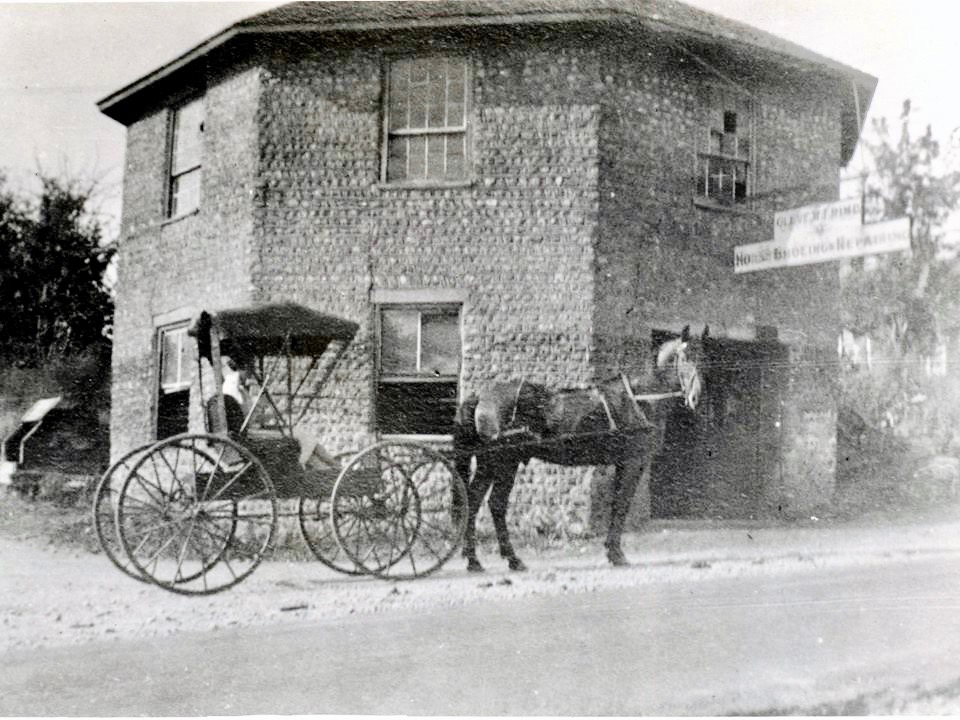 Blacksmith shop 2.jpg ¹ | 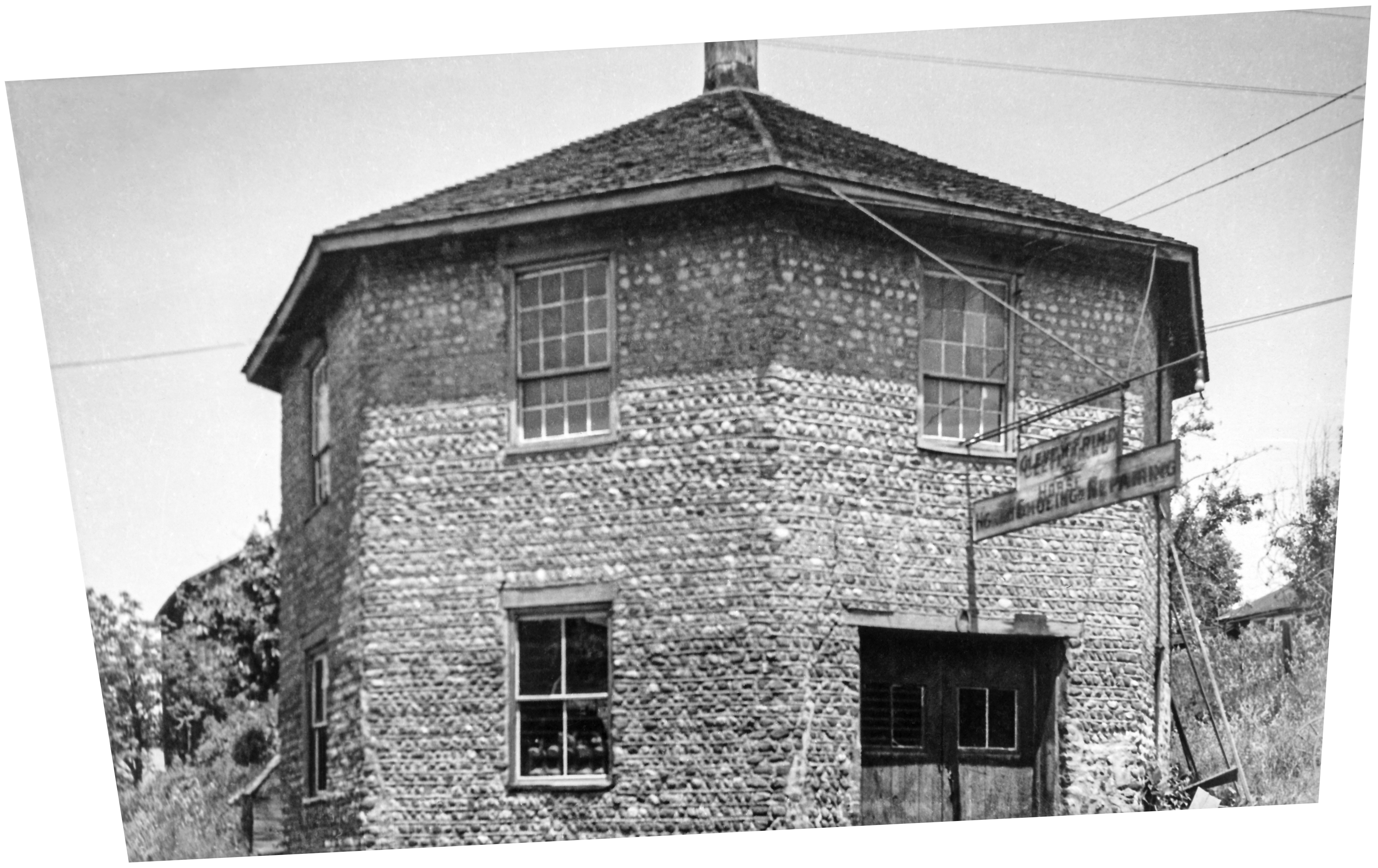 Lyo-11 Frind 2.jpg ² Pease Collection 1940-41 | 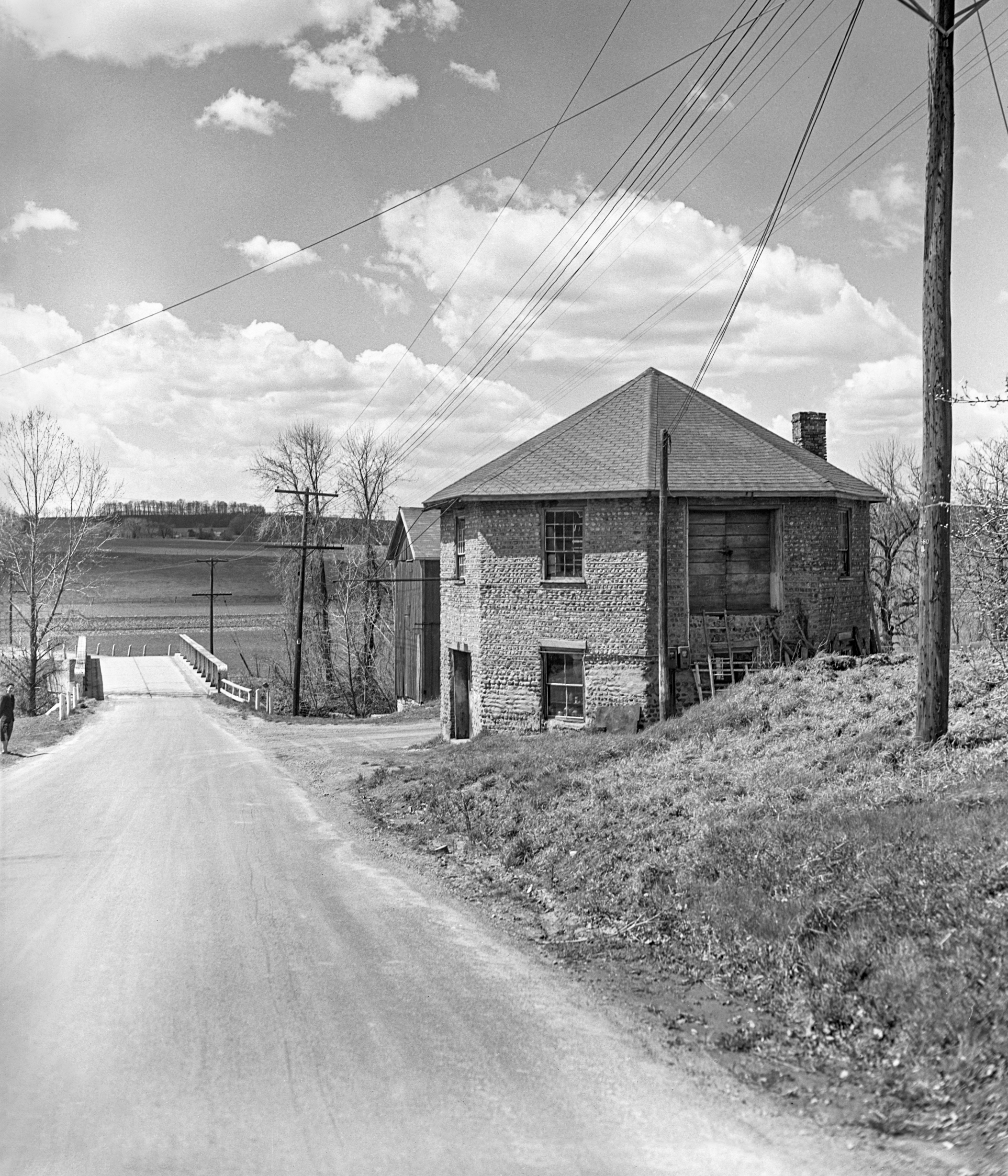 GP Wayne Lyons Lyo-11 2-1 N.jpg ³ Pre 1971 | 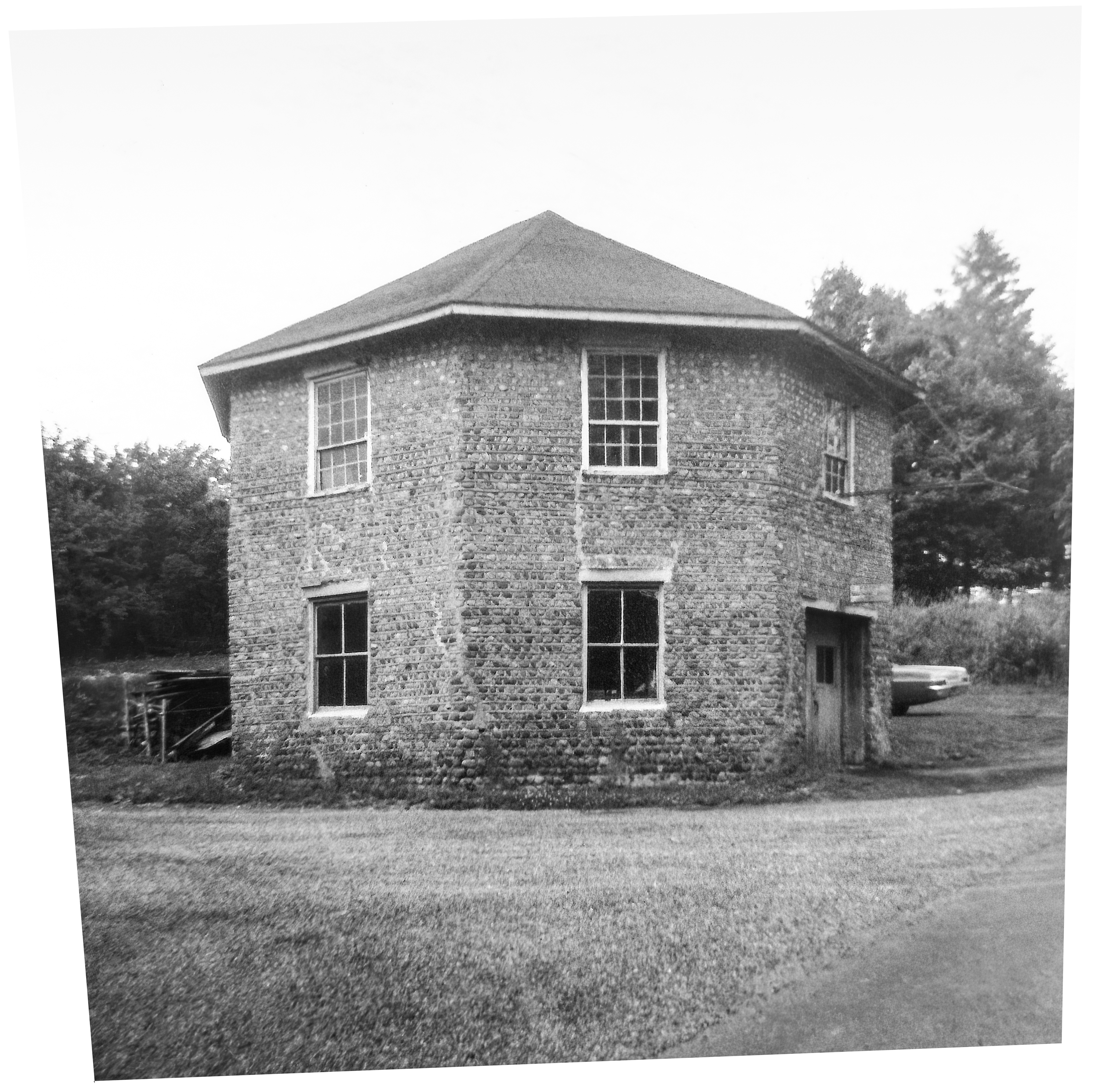 Lyo-11 Frind 3.jpg ² June 1971 |
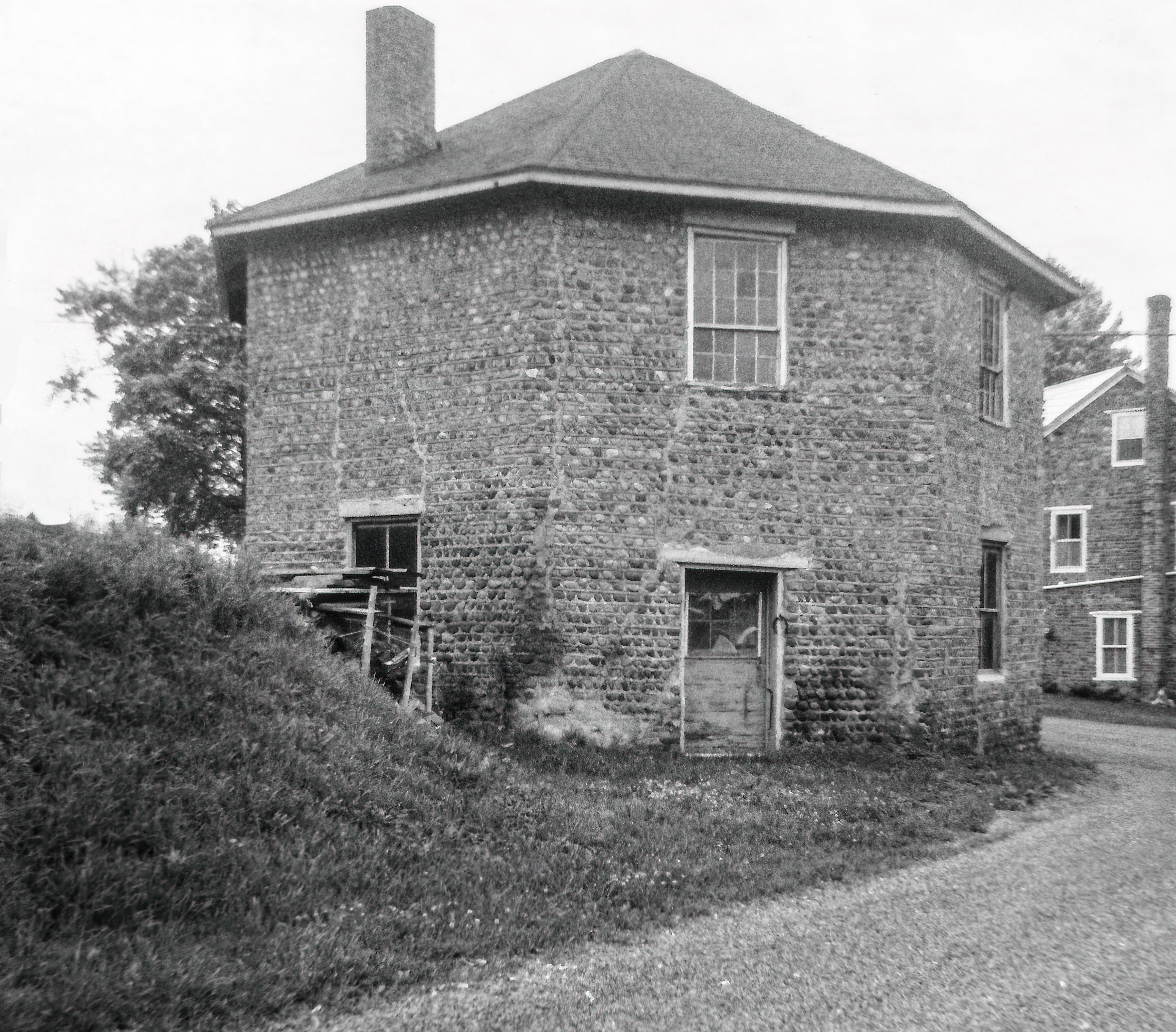 Lyo-11 Frind 4.jpg ² June 1971 | 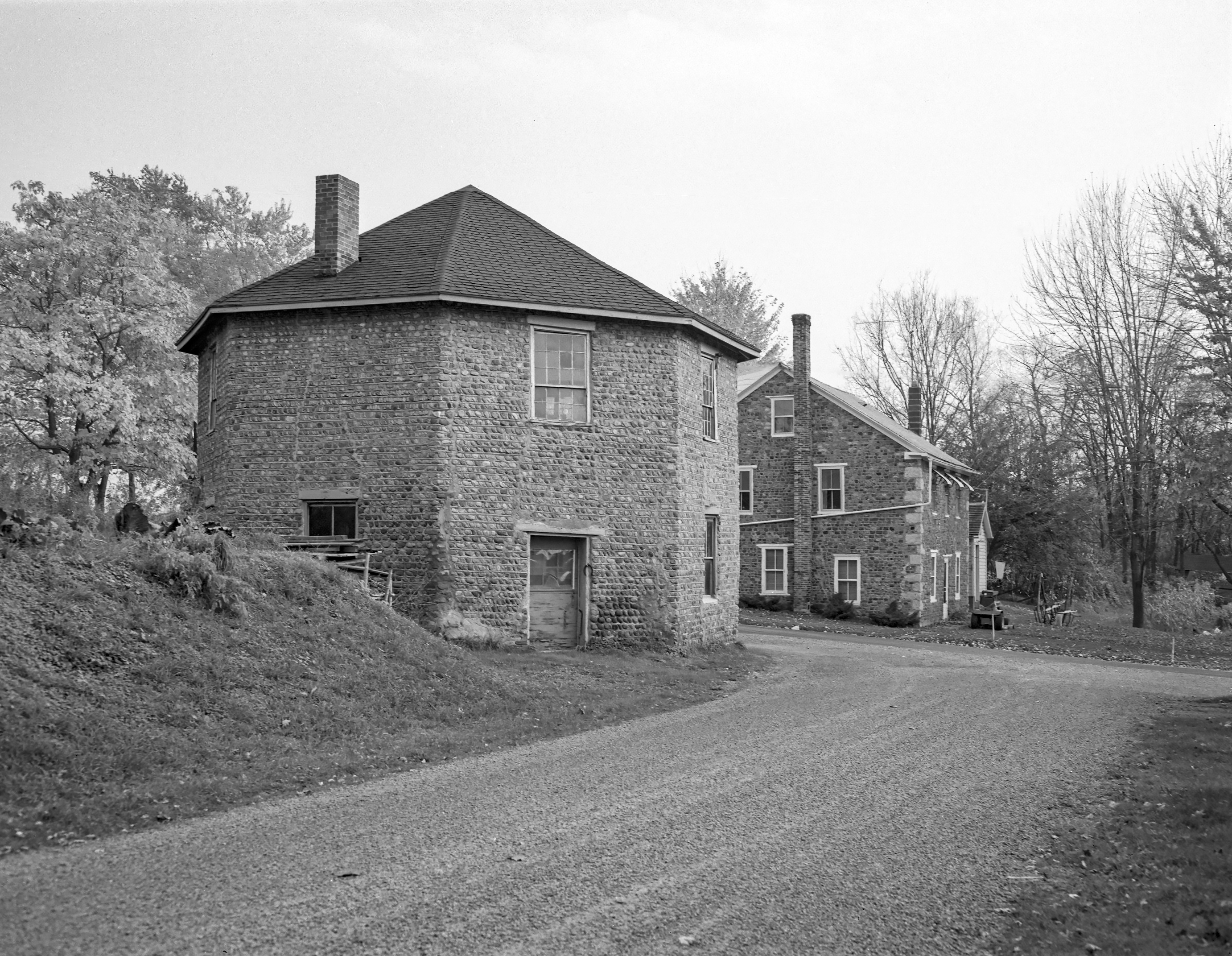 GP Wayne Lyons Lyo-11 1-1 N.jpg ³ 10/31/1971 | 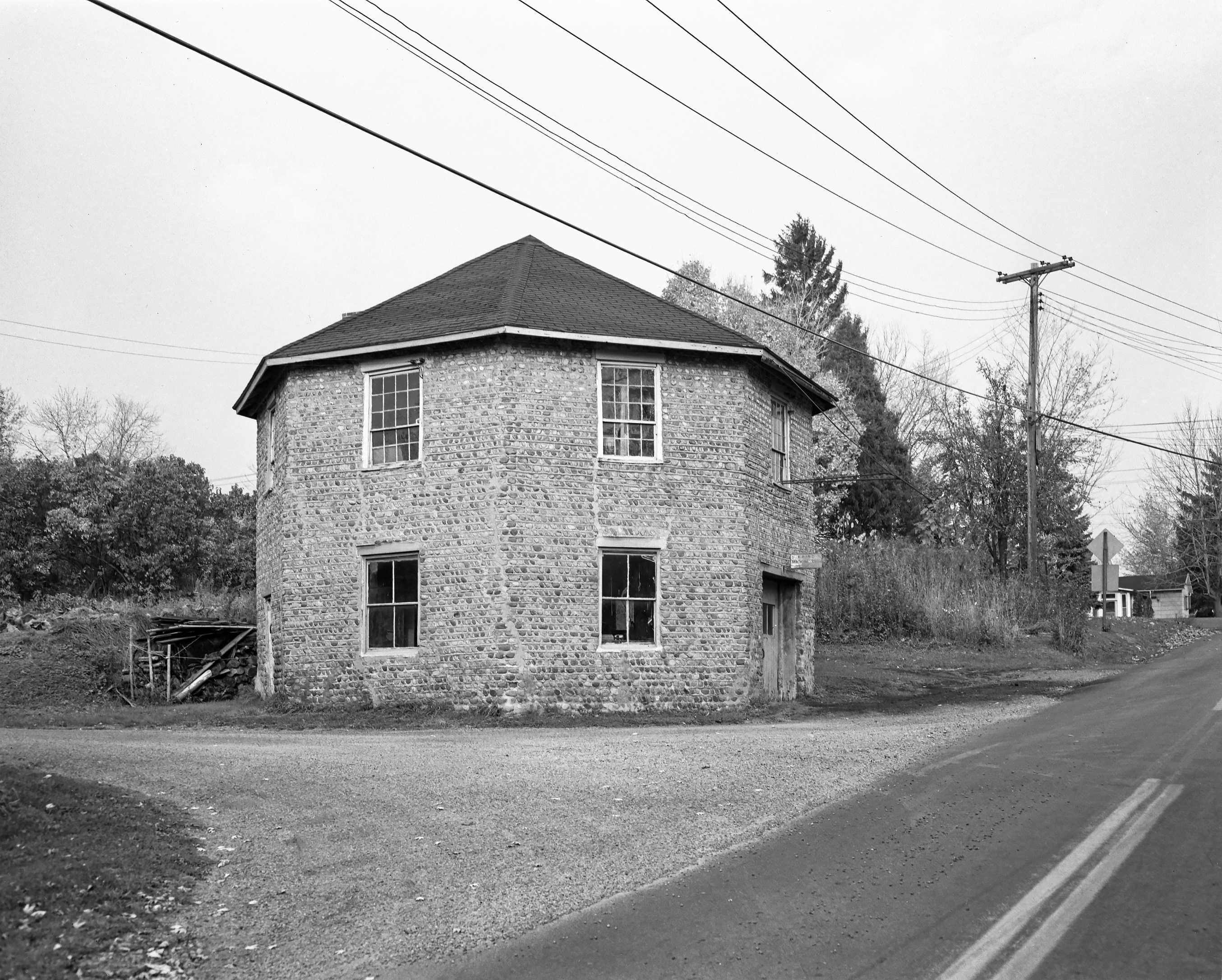 GP Wayne Lyons Lyo-11 3-1 N.jpg ³ 10/31/1971 | 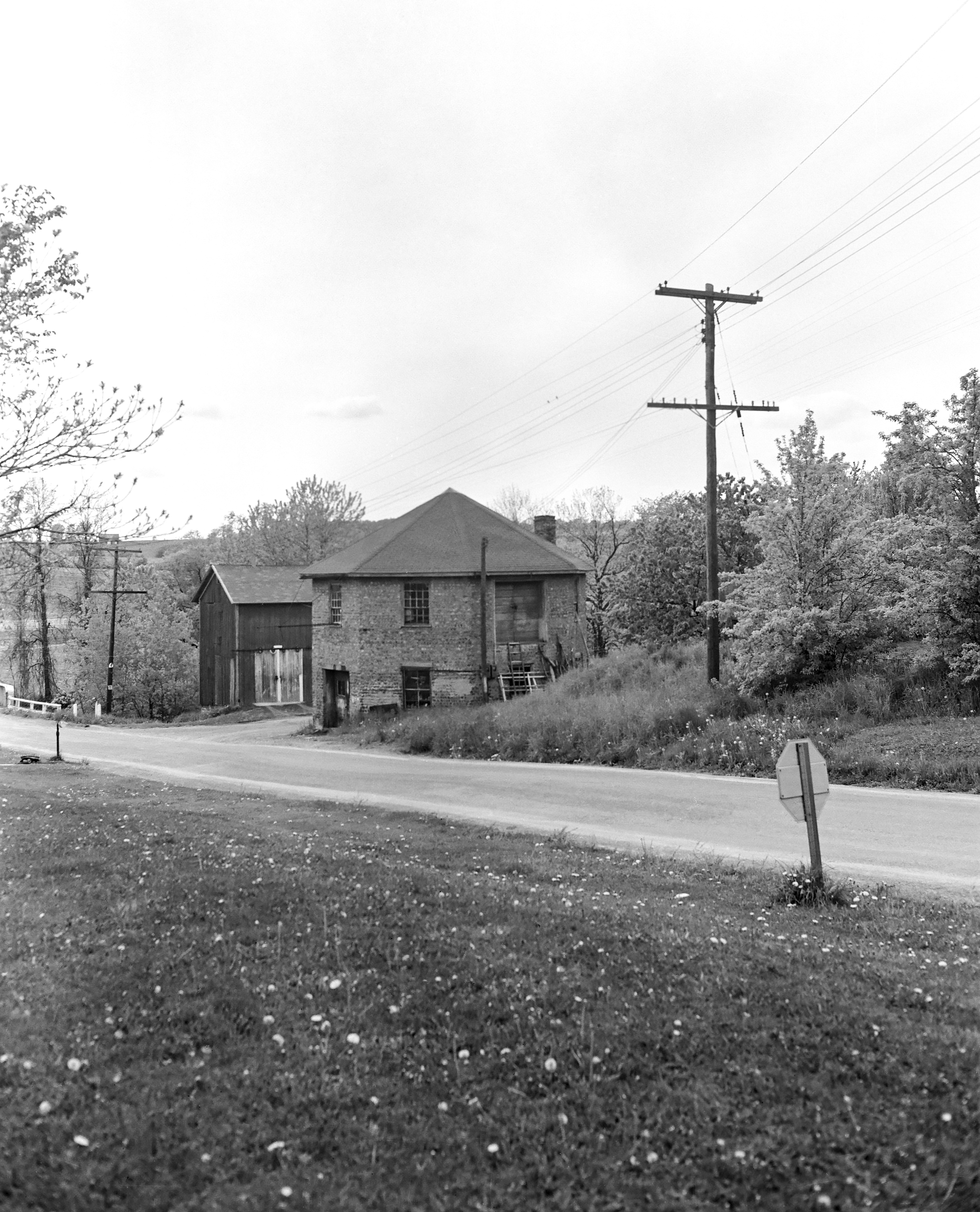 GP Wayne Lyons Lyo-11 4-1 N.jpg ³ 10/31/1971 |
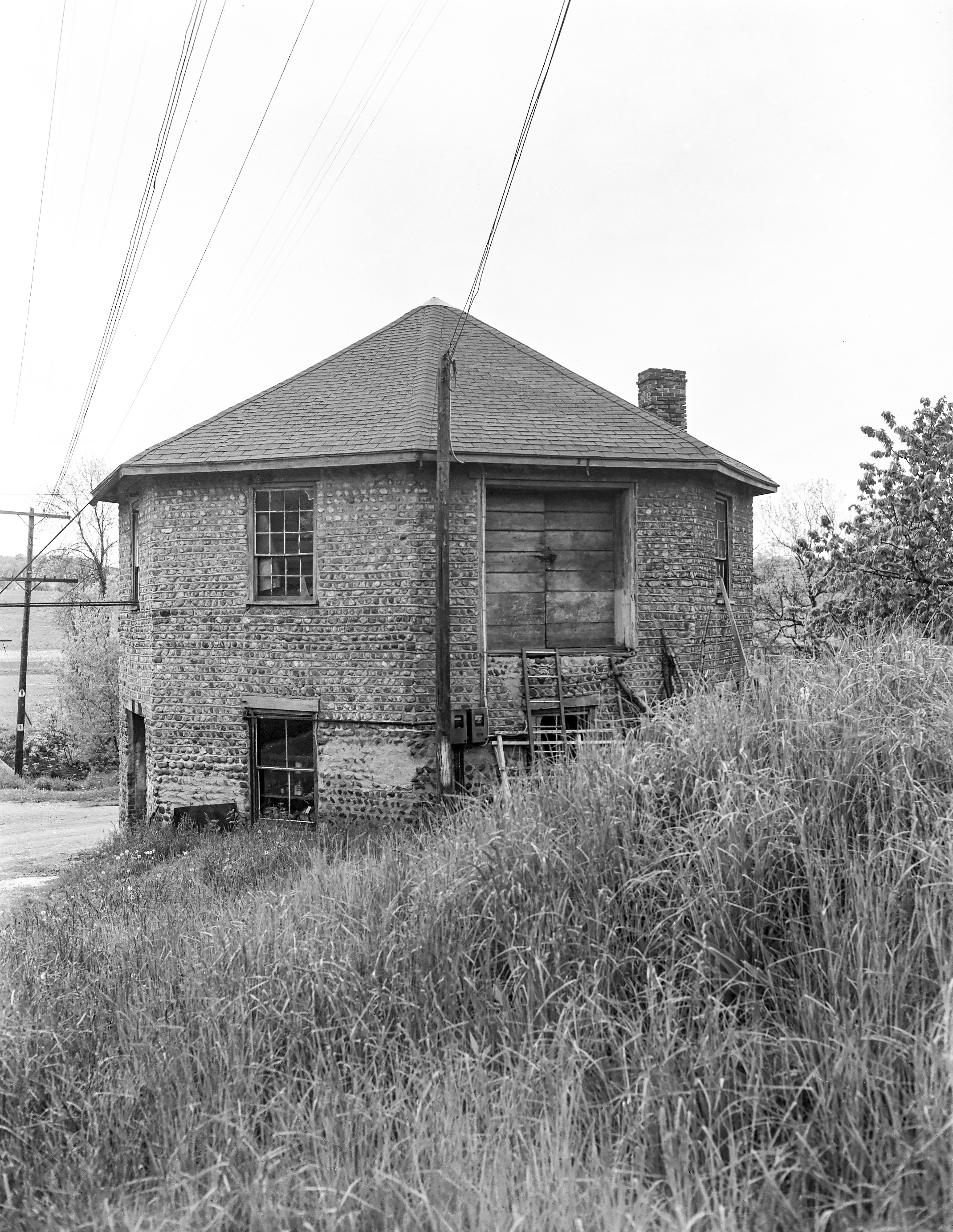 GP Wayne Lyons Lyo-11 5-1 N.jpg ³ 10/31/1971 | 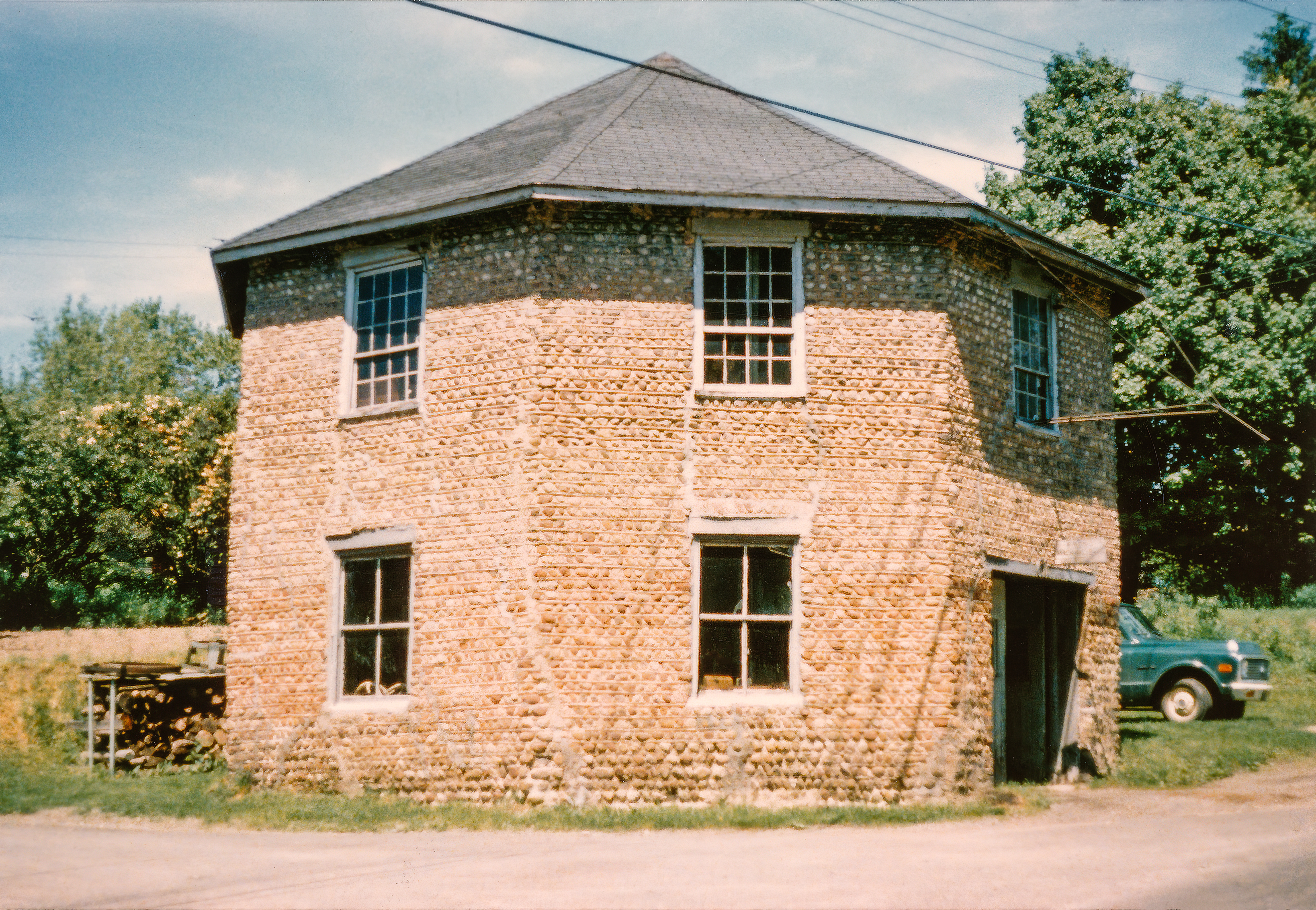 Lyo-11 Frind 6.jpg ² July 1973 Photograph by Mr. & Mrs. Arend | 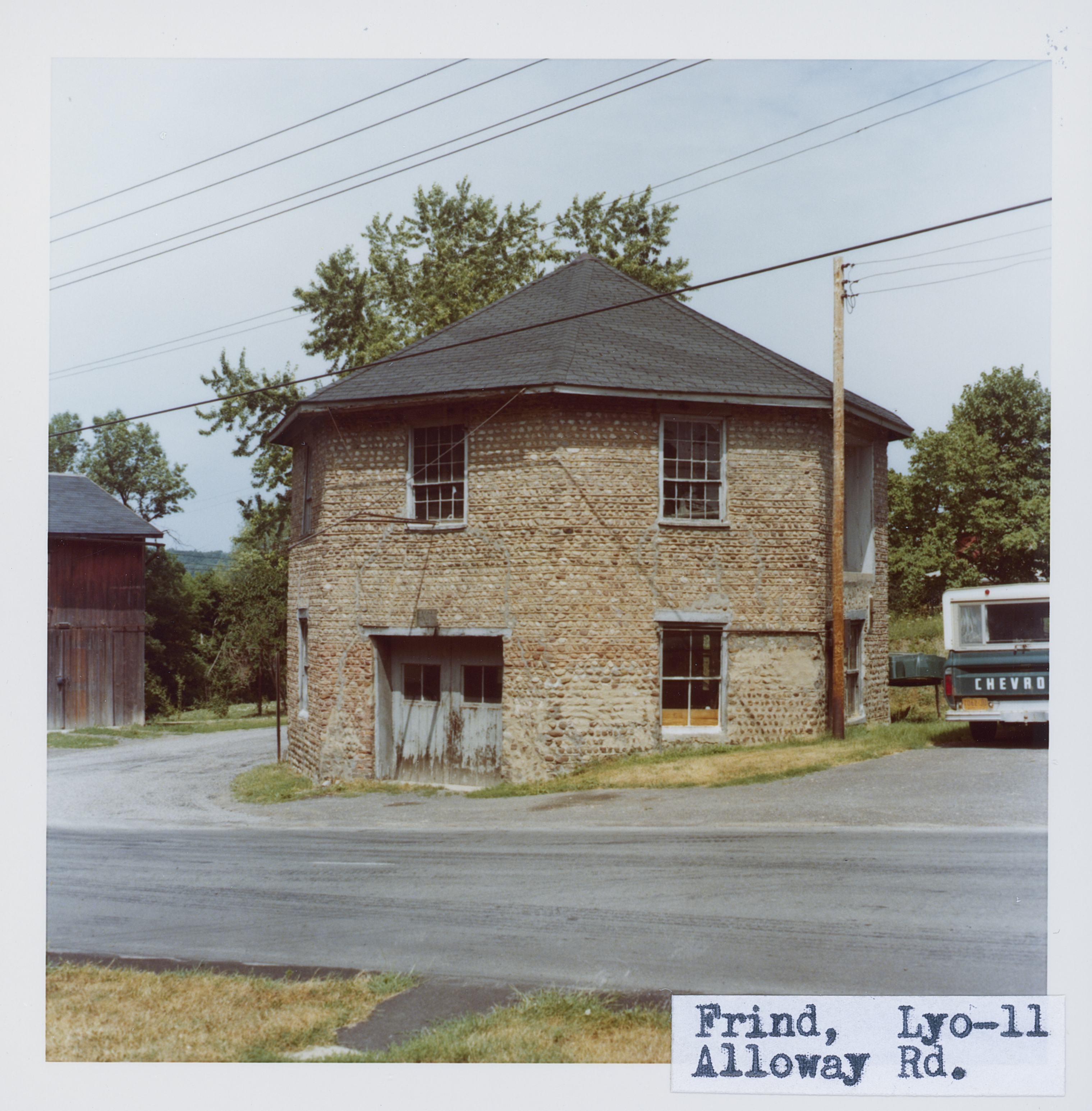 Lyo_11_1.jpg | 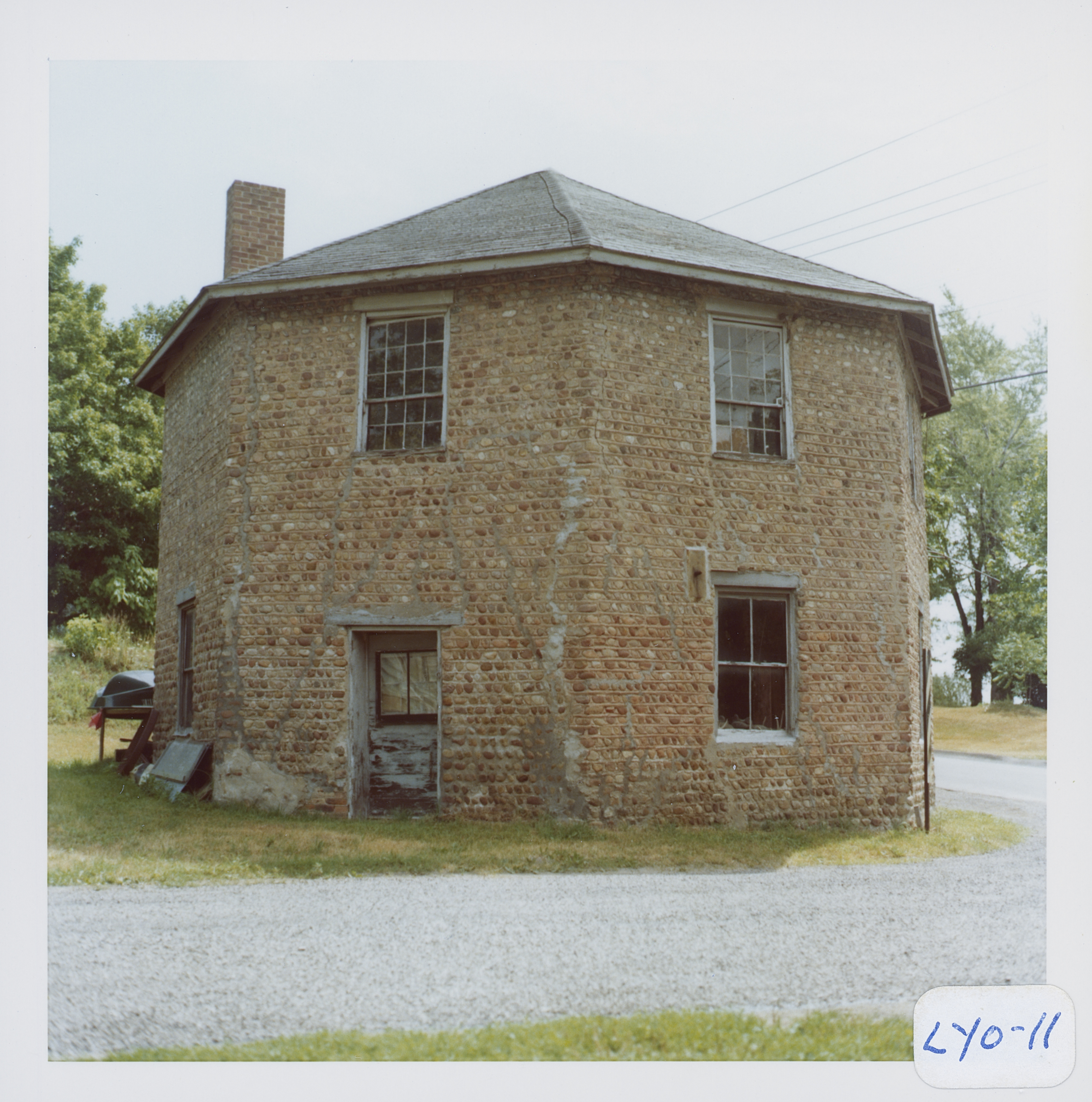 Lyo_11_2.jpg |
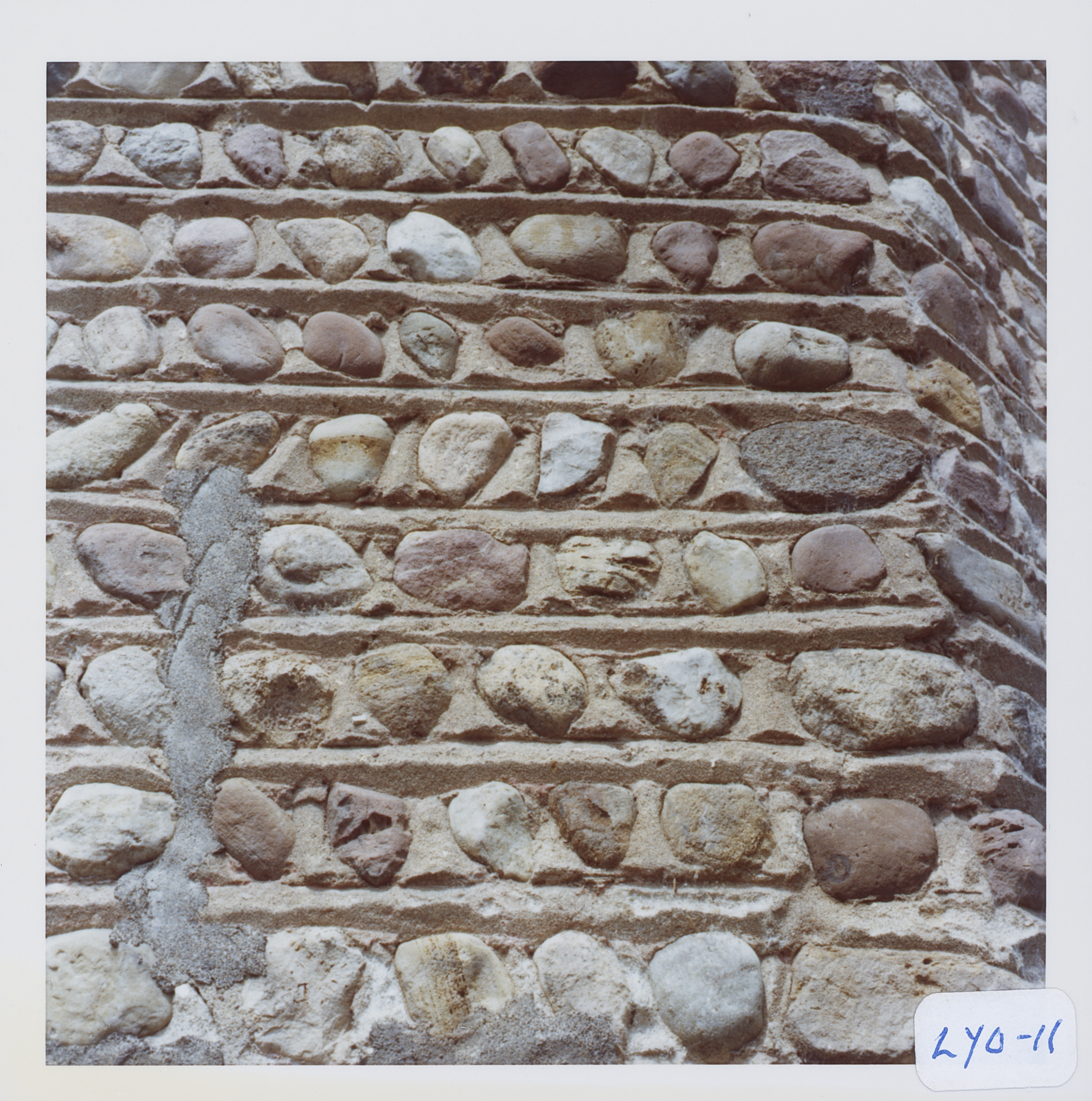 Lyo_11_3.jpg | 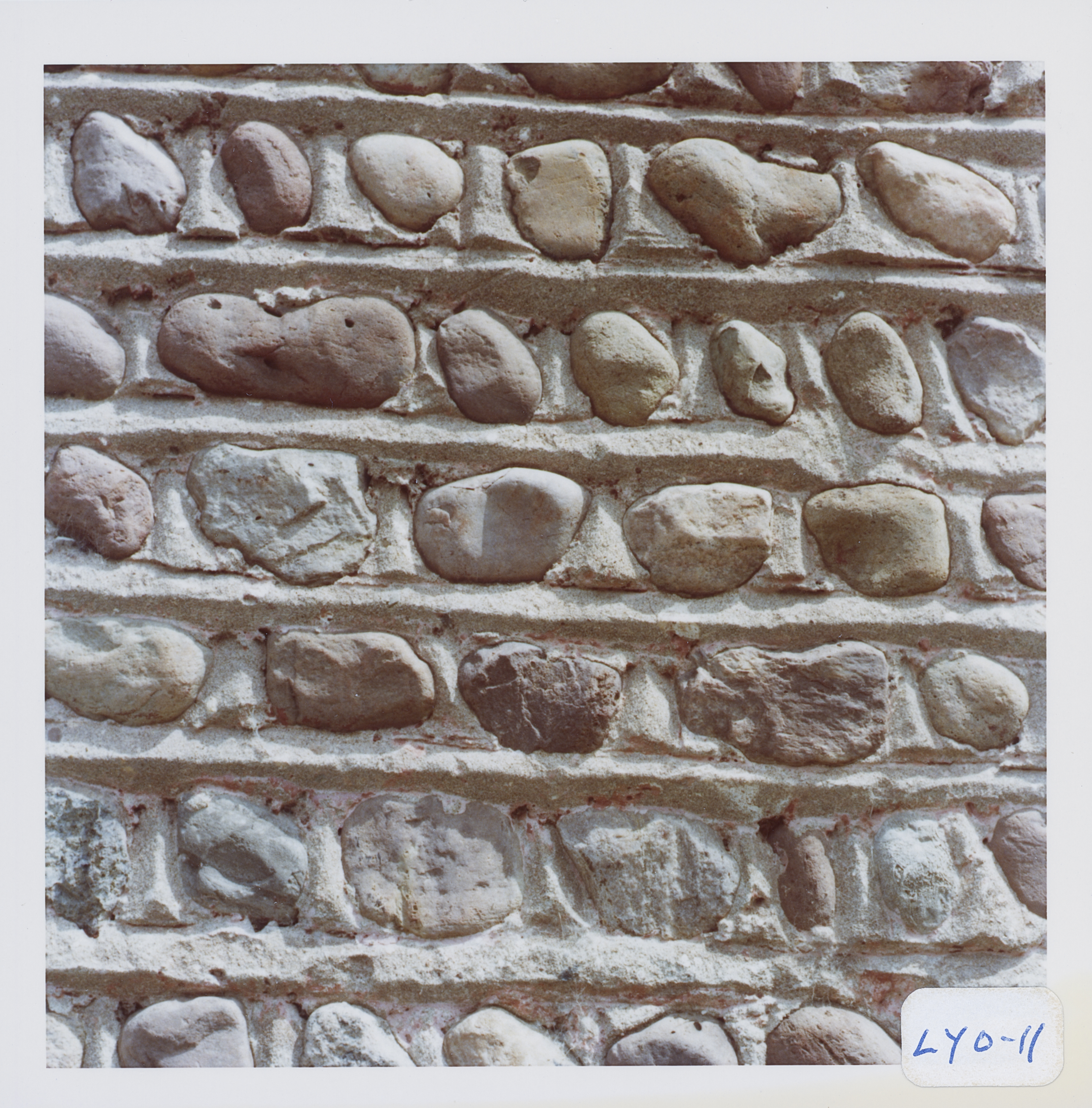 Lyo_11_4.jpg | 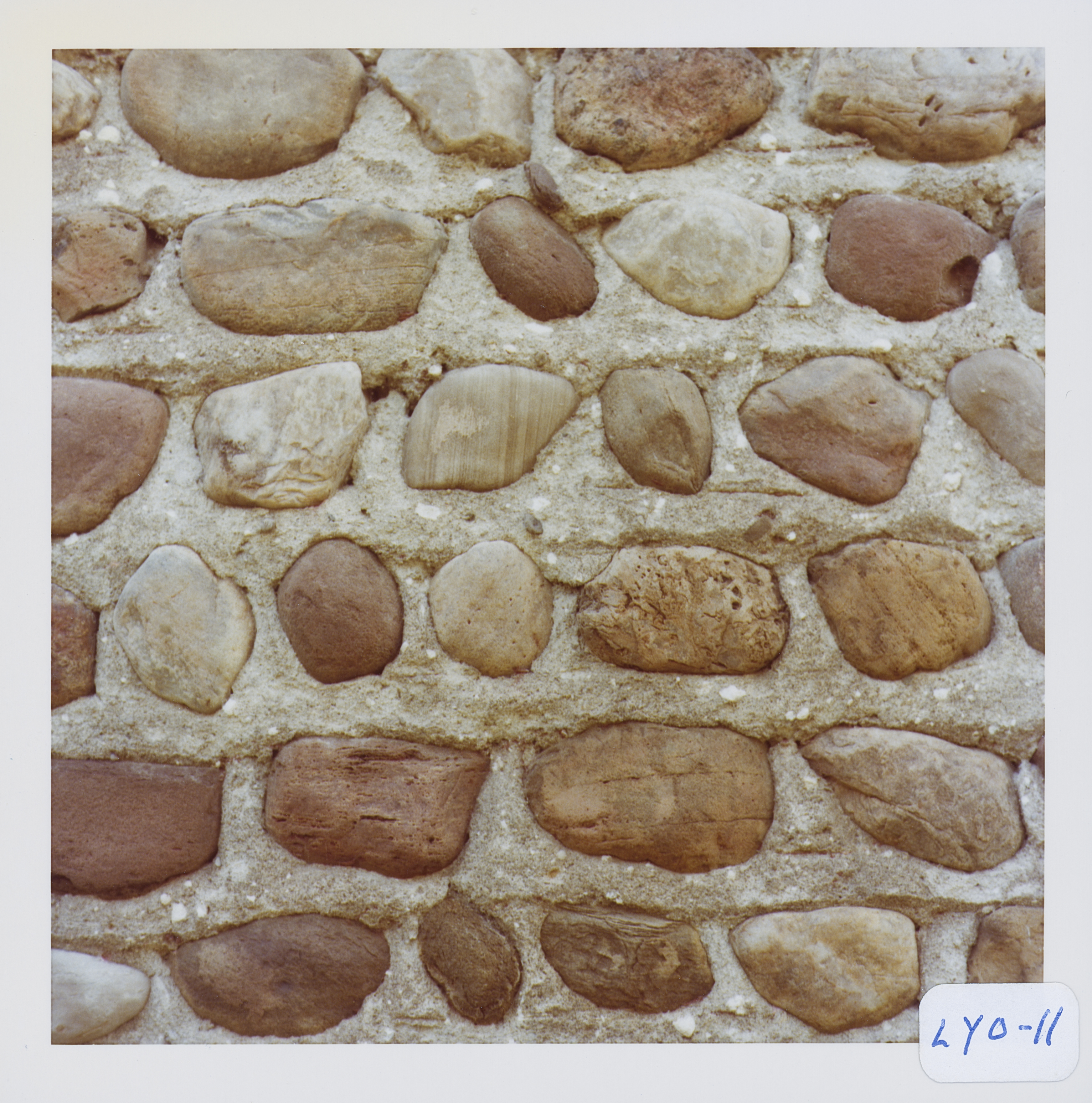 Lyo_11_5.jpg | 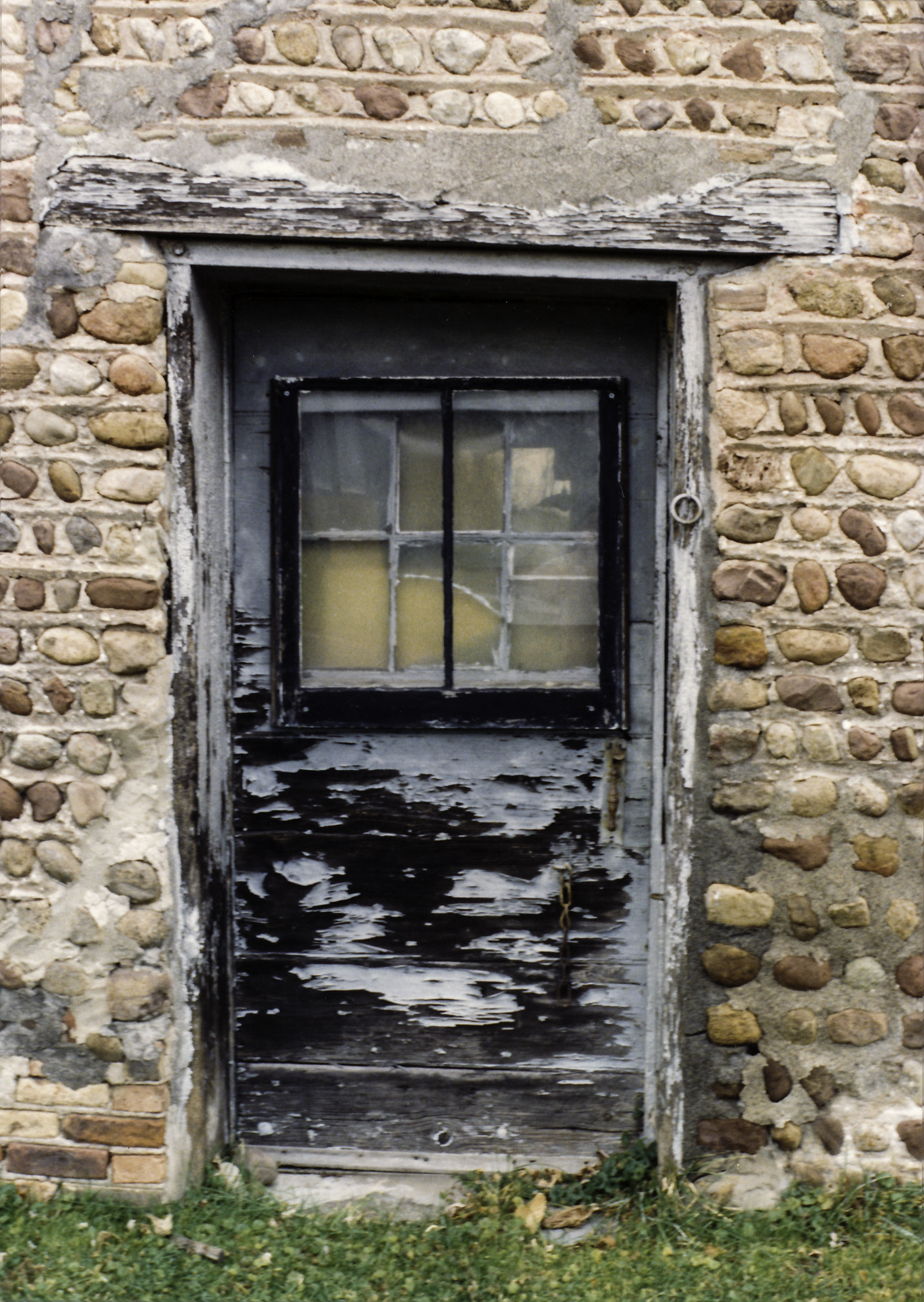 Lyo-11 Frind 1.jpg ² |
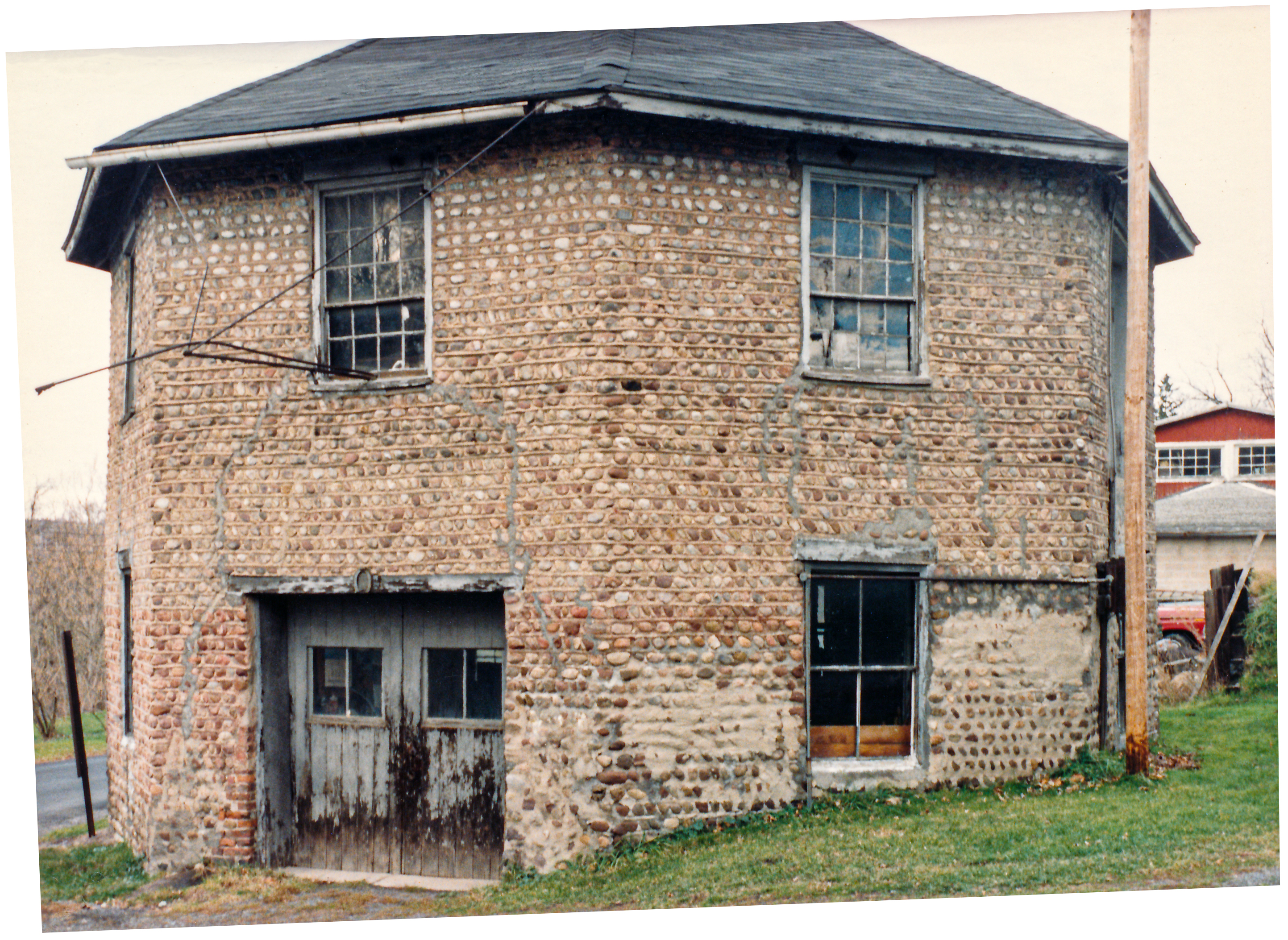 Lyo-11 Frind 5.jpg ² | 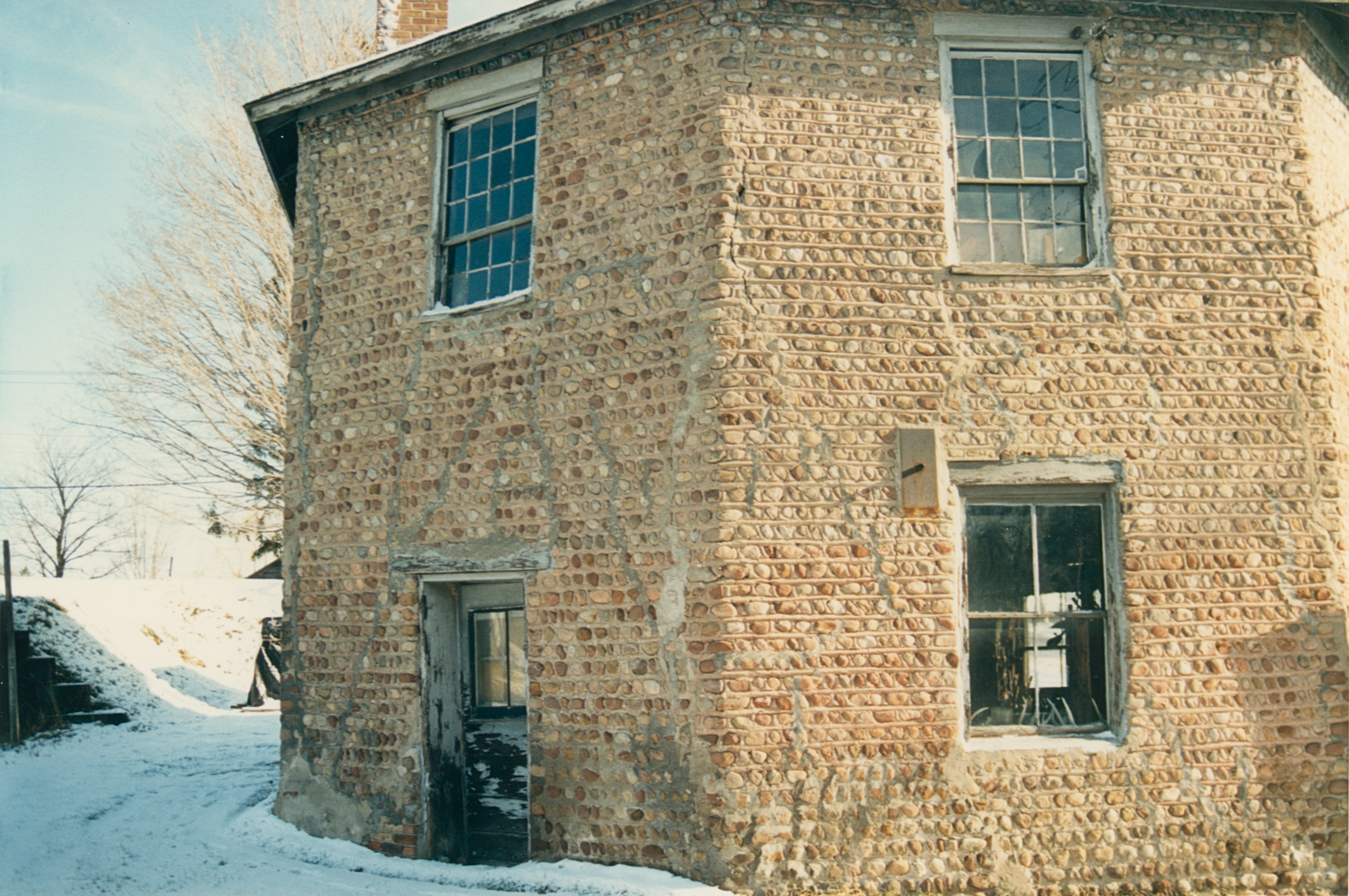 Lyo-11 300 Water St 1.jpg 4 | 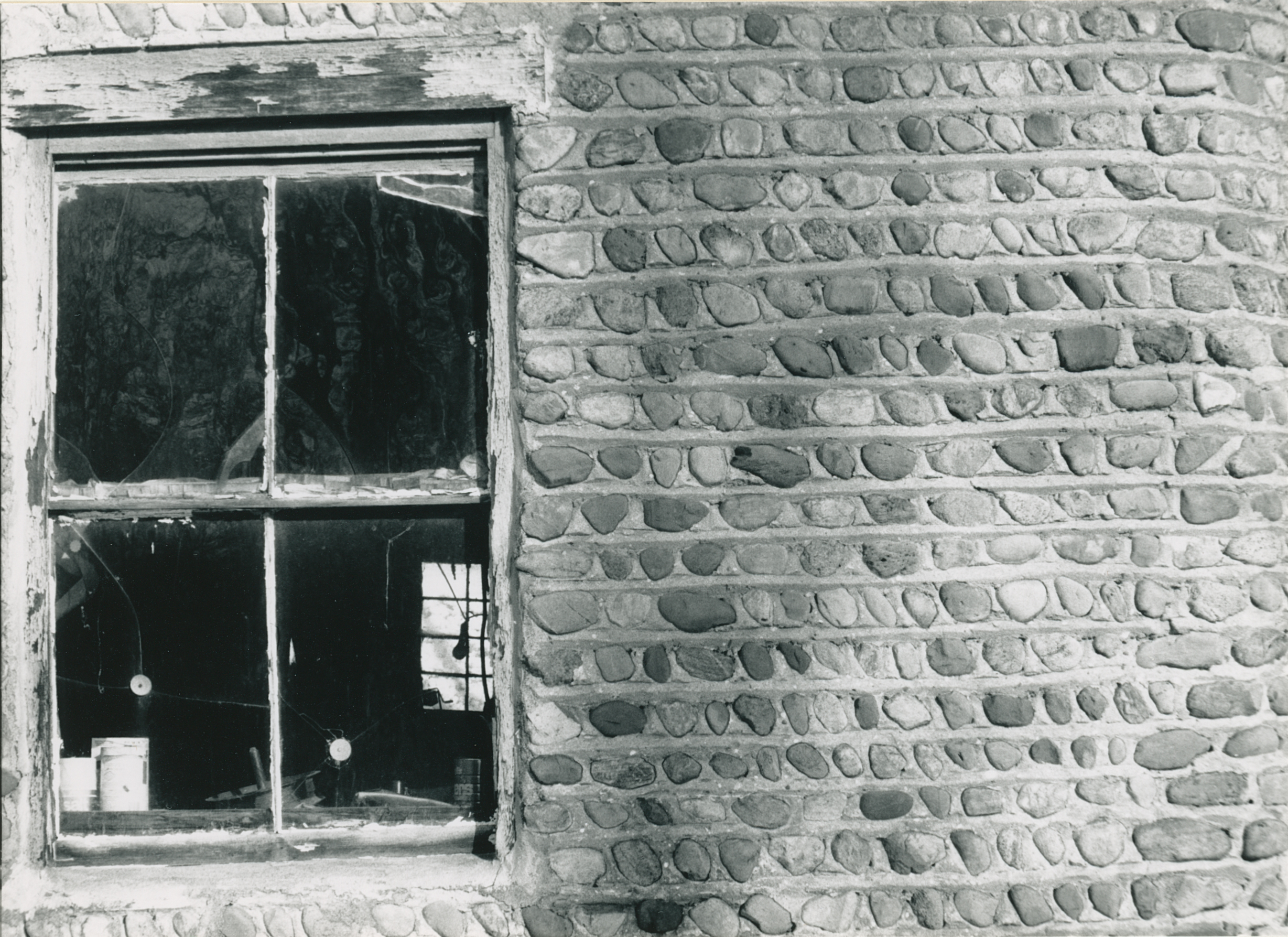 Lyo-11 300 Water St 2.jpg 4 | 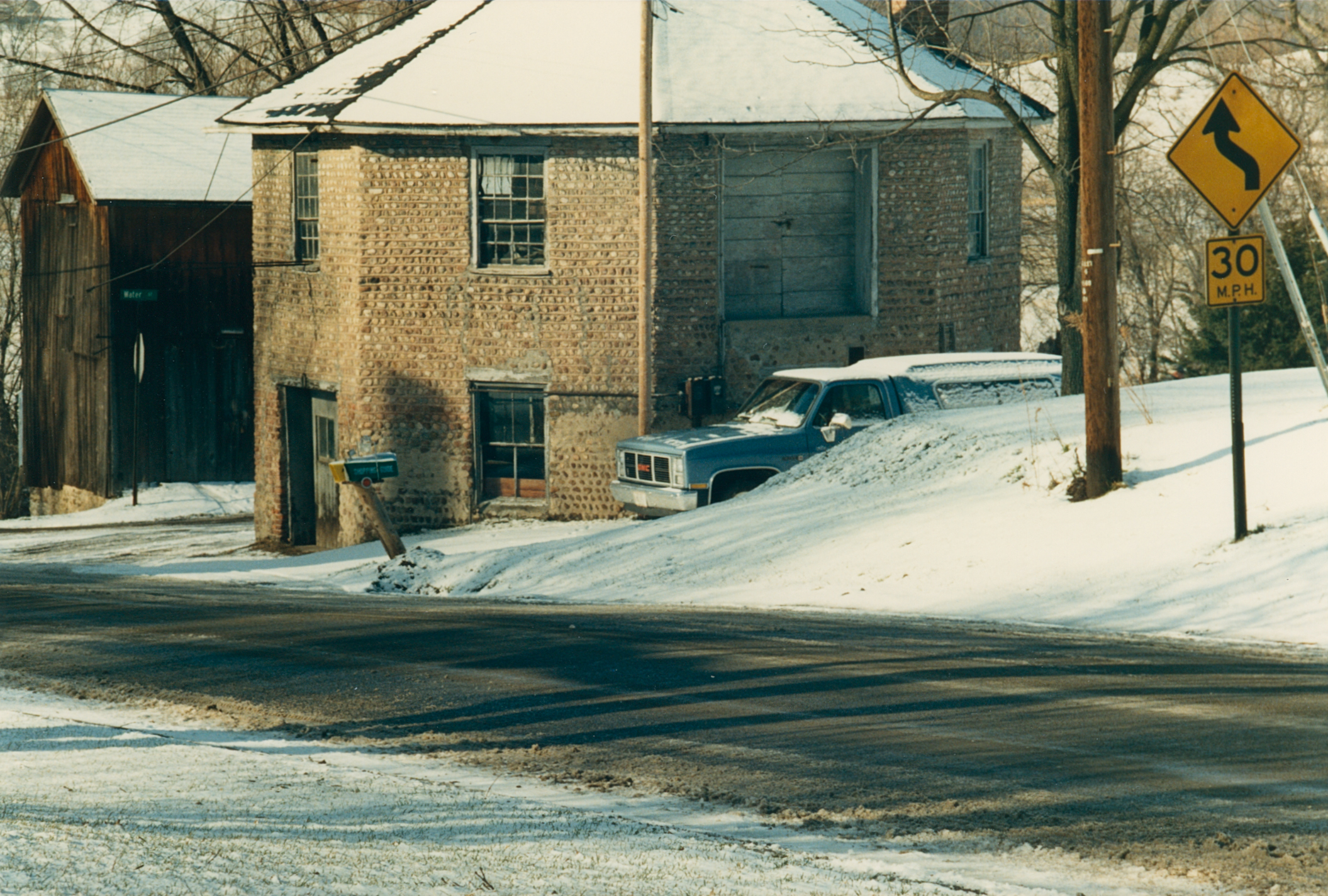 Lyo-11 300 Water St 3.jpg 4 |
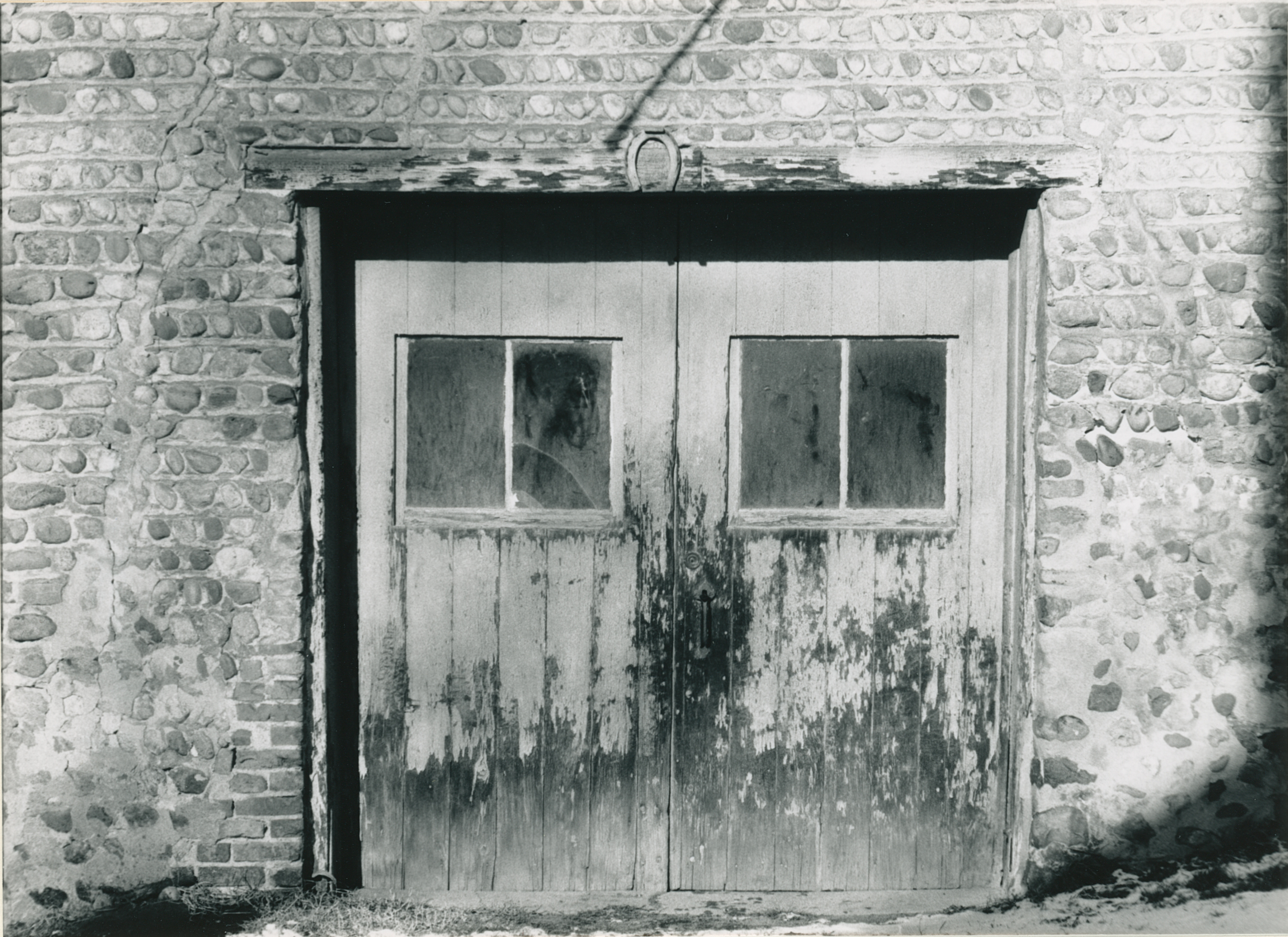 Lyo-11 300 Water St 4.jpg 4 | 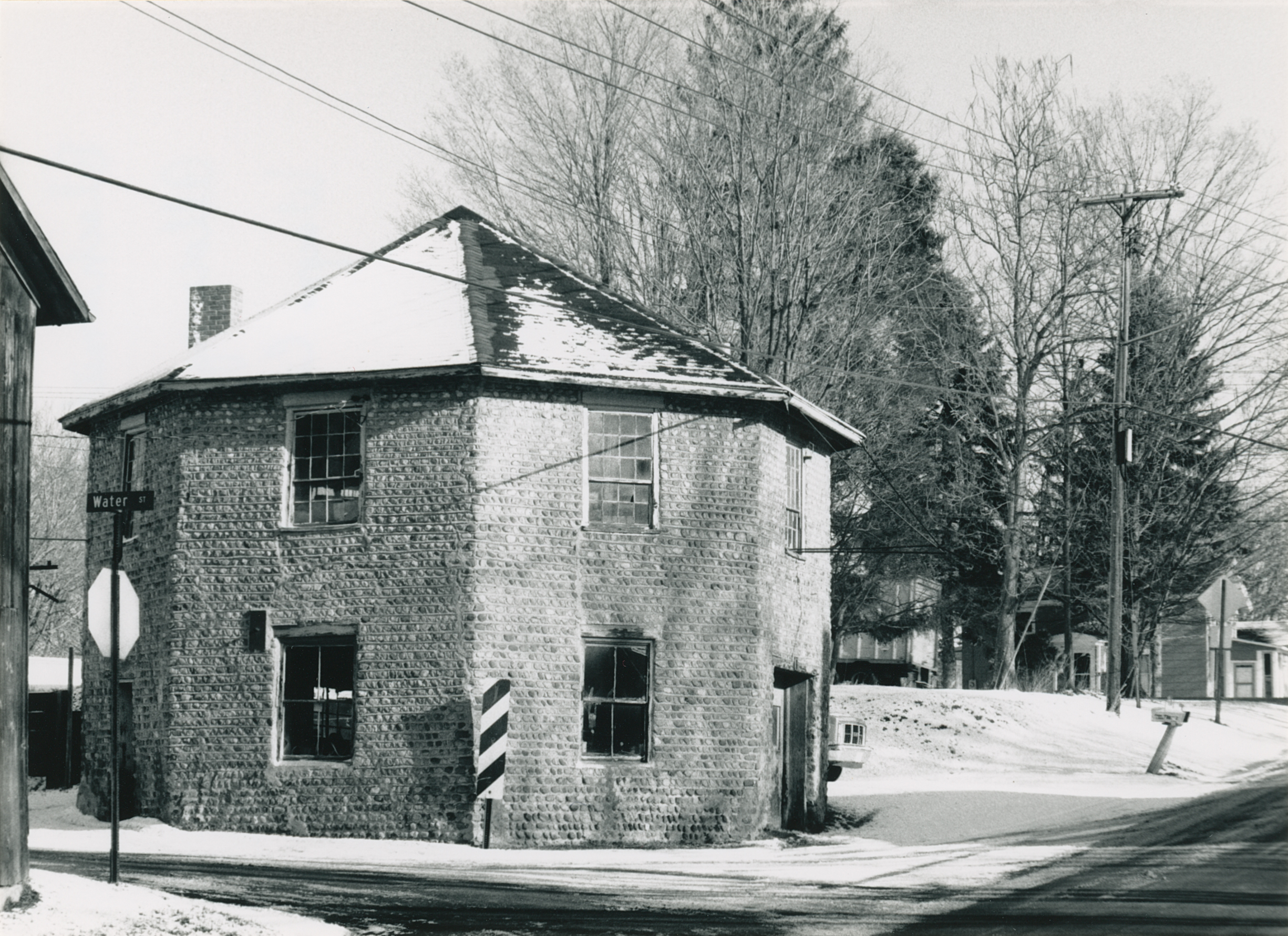 Lyo-11 300 Water St 5.jpg 4 | 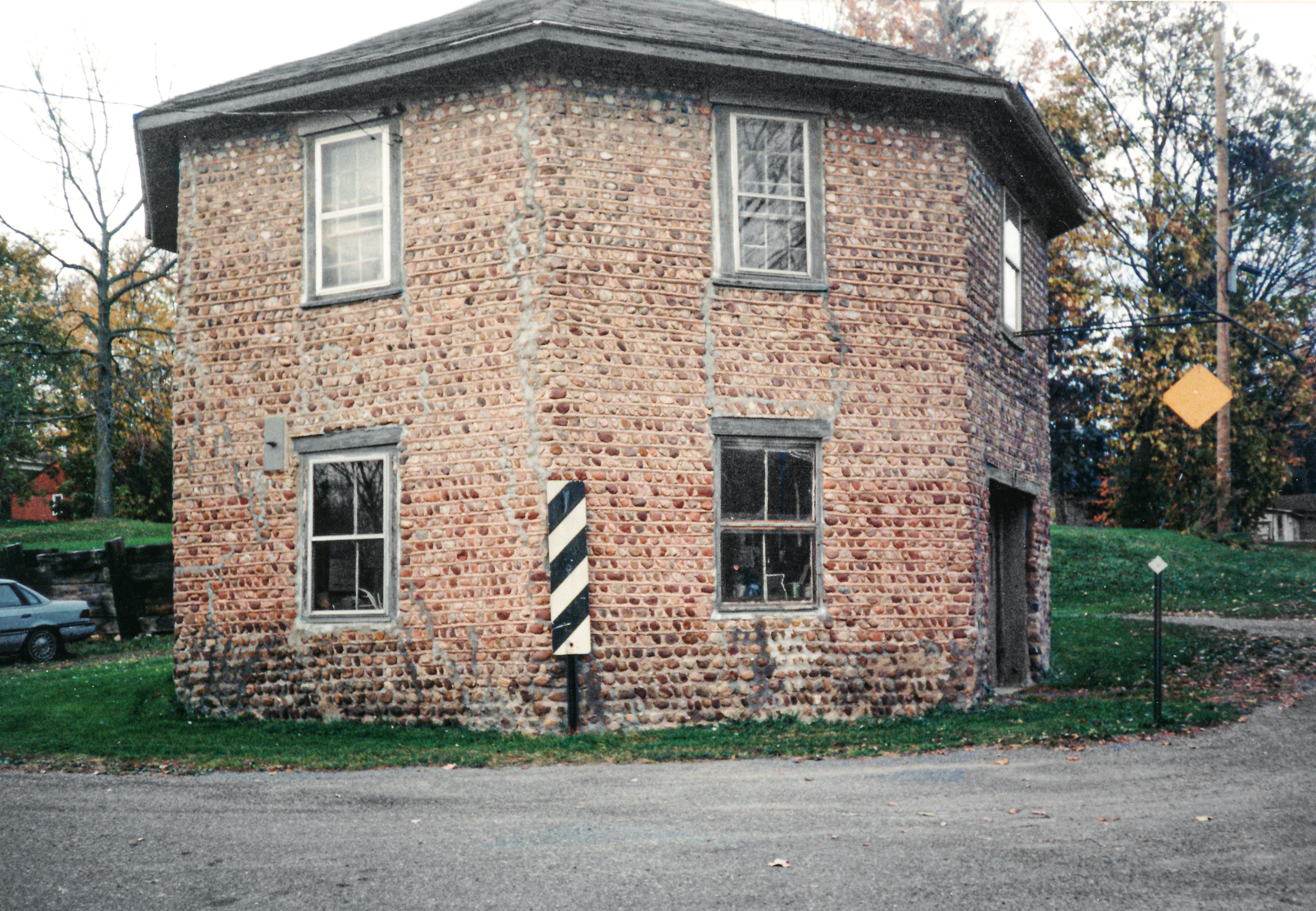 Lyo-11 Frind 7.jpg ² 1998 | 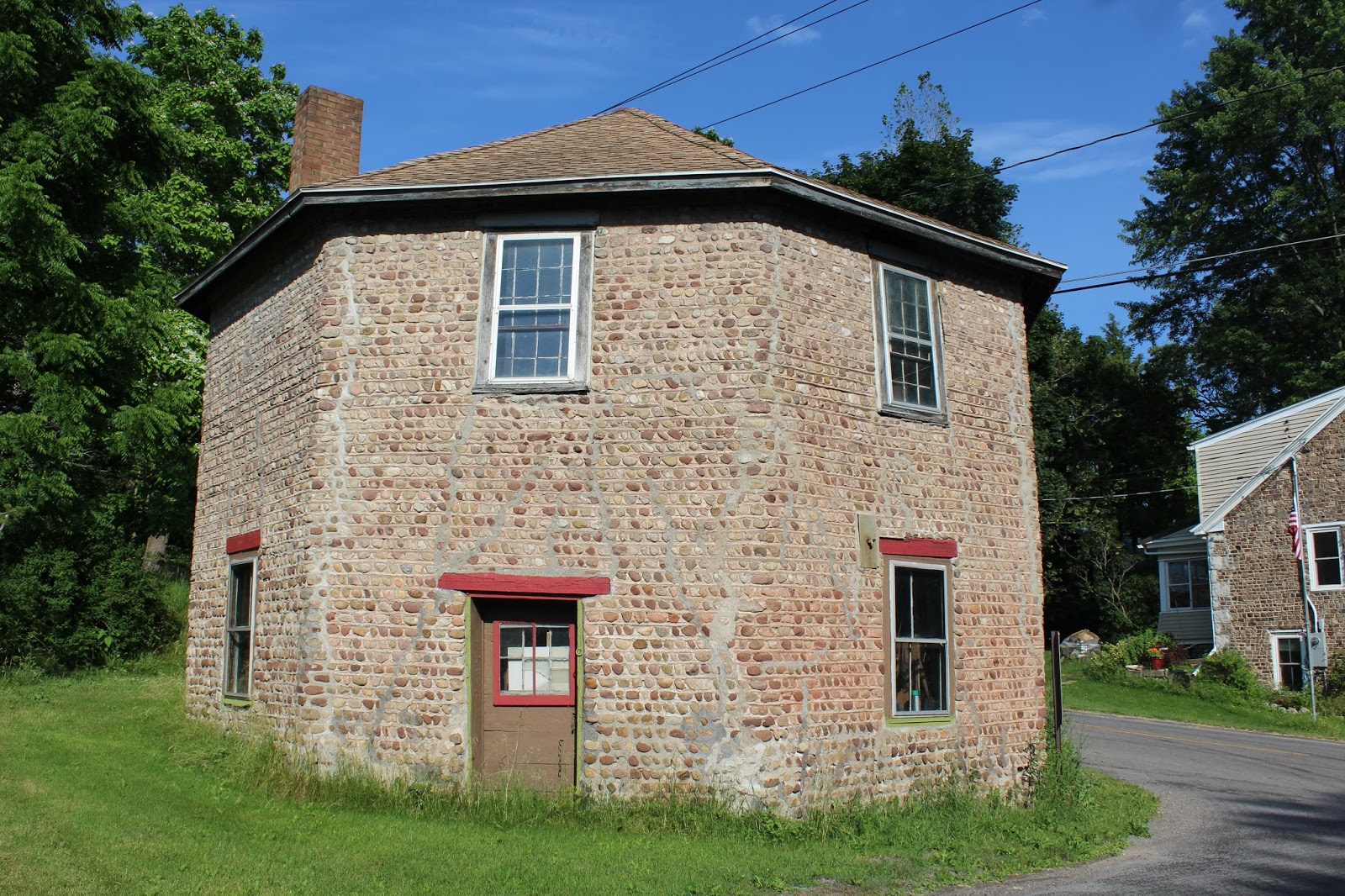 IMG_1162.jpg 5 |
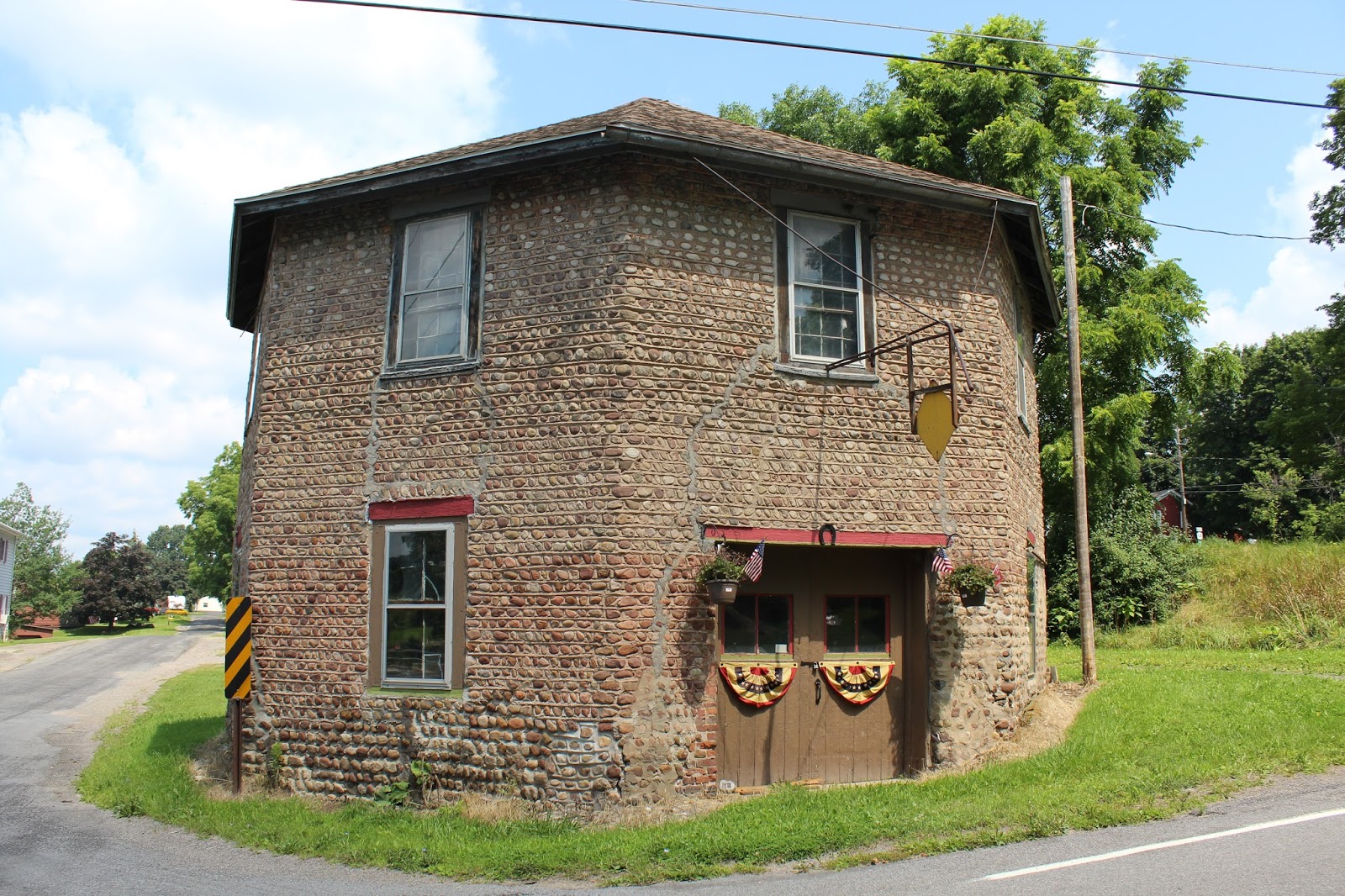 Alloway blacksmith shop.jpg 5 | .jpg) Alloway blacksmith shop (3).jpg 5 |
¹ Image courtesy Richard Palmer. Attribution not provided.
² Image courtesy Cobblestone Museum.
³ Photography courtesy Gerda Peterich. Cobblestone Museum.
4 Photography courtesy Martin and Sheila Wolfish.
5 Photography courtesy Richard Palmer.
